It’s very difficult to find sustainable, tasty and healthy extra virgin olive oil.
Not all extra virgin olive oils are the same!
Different EVOOs can have very different health benefits due to the different amount of polyphenols (anti-oxidants). Each variety of olive naturally has different amount of polyphenols.
Coratina, the olive variety we use for the Stile Mediteraneo extra virgin olive oil has the highest amount of antioxidants.
There are other factors that result in an EVOO having more or less polyphenols.
The production method is also very important. There is a big difference between the traditional small olive growers and the big producers converted to the “super-intensive” (high density) plantations of olive trees.
EVOO coming from intensive farming has very low production costs because it’s all mechanized and a lot of chemicals are used. Olive trees do not live for very long. Normally a single crop, Arbequina, is used for the intensive farming since it has very high yield. Therefore, when you buy very cheap EVOO, that is coming from intensive farming and from a single crop, very likely you are contributing to climate change and to the biodiversity loss.
On the other hand, small olive growers struggle to compete with the cheaper EVOO coming from intensive farming. But their olive oil is much richer in antioxidants and the olive trees can live for hundreds of years. It’s impossible to produce such high quality olive oil at a cheap price. The small growers preserve biodiversity because a different variety of olive is planted in each specific area.
The traditional olive groves (like those you may have seen in Puglia) feature 250 olive trees per hectare. Whereas, the new super-intensive plantations have around 1100-2500 plants per hectare. I know there are countries where farmers even have 3500 plants per hectare!!
This first picture features olive trees that are centuries old and are grown on a very rocky soil by the Adriatic sea coast in Puglia, Southern Italy. See how much space there is in between the trees: their roots are several meters long and are free to grow horizontally on the rocky soil.
This second picture features a super intensive plantation of very young olive trees. They are all “attached” one to other and there is no space in between. (picture is from the online magazine: Republica.it and Casale san Giorgio)
Supporters of the super-intensive method claim that because every step is mechanized, the quality is higher.
I agree that it would be very labor-intensive to hand-pick olives one by one and that appropriate machines should be used to harvest them (depending on the age of the trees).
However, there are 4 reasons why you should avoid buying cheap Arbequina EVOO coming from intensive farming.

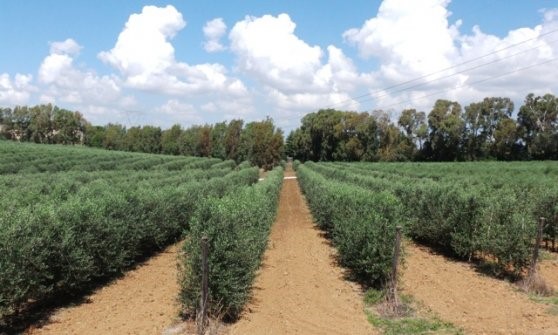
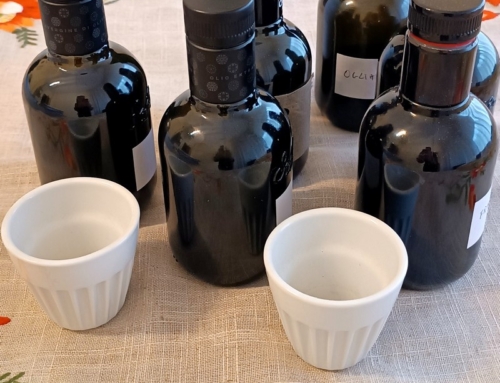

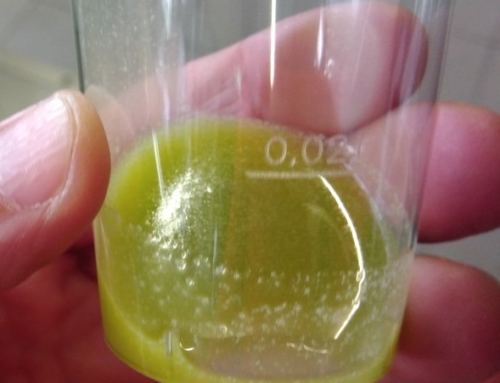
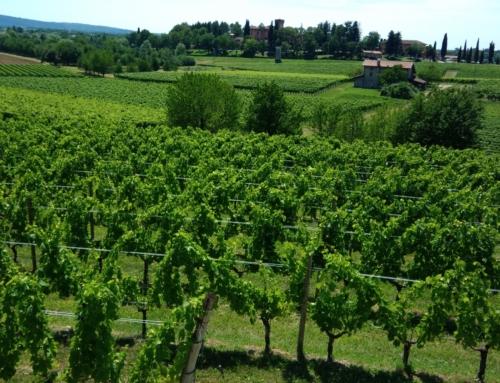
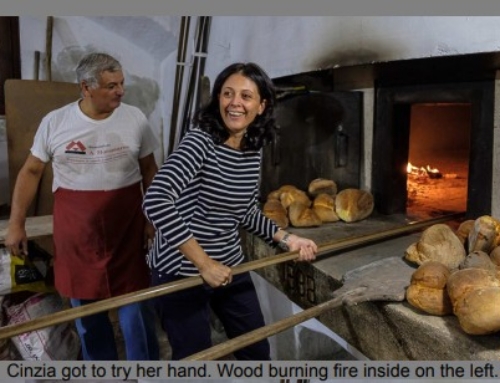
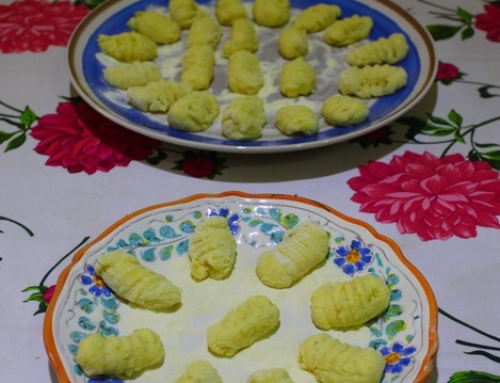
Carissima Cirella,
thank you so much for your sweet words! It’s a pleasure to share my passions with the two of you. You are more than friends to me. The olive oil tasting was so much fun. Thank you so much again for having you have done! I am so happy your guests are now converted to the real stuff!
Grazie mille again and see you soon!
Cinzia
Carissima Cinzia
Your passion and knowledge is what keeps us traveling with you. Thank you from the bottom of my heart. I think that all our guests at the olive oil tasting were going home and throwing away their olive oil. Fortunately, we had provided them with a bottle of yours.
Grazie mille,
Cirella
Carissimo Giacomino: thank you so much for your comment and for having joined all my past adventures around Italy on my search for the best sustainable farmers. Grazie mille to you for the picture. Yes it was taken during our beautiful week in the Le Murge part of Puglia.
See you soon!
Carissima Cinzia – Interesting. Since these are the lessons you taught us in Puglia, Sardegna, Piemonte and Friuli – Venezia -Giulia, in one sense when I read it you are preaching to the choir. That said, I did pick up a couple of new points which made it well worth the read! We are, of course, believers and fellow travelers in your quest. And Grazie Mille for the photo credit. Looked like one of the pics from Le Murge.